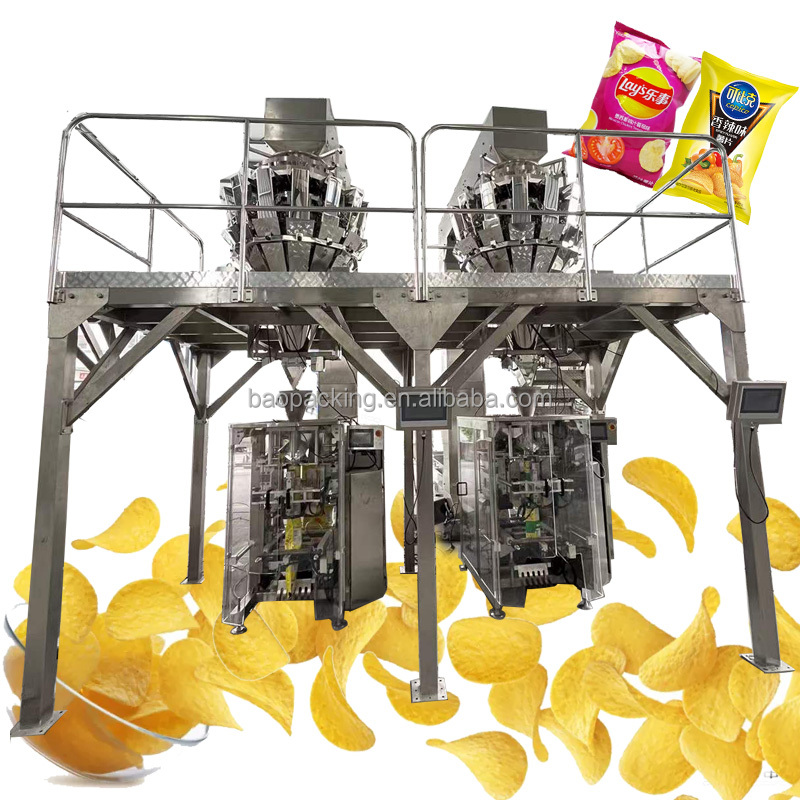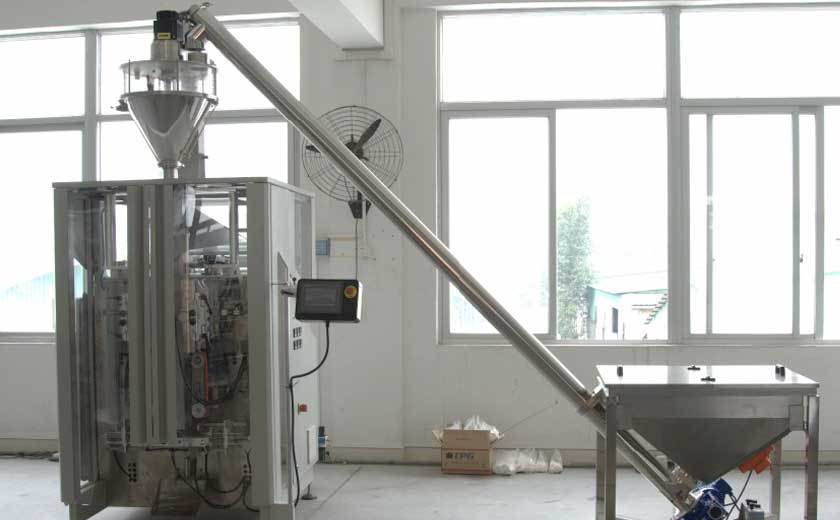The Benefits of Using Auger vs. Vibratory Weigh Filling Systems
In the realm of packaging automation, choosing the optimal weighing and filling system is crucial to ensure efficient and accurate product distribution. Among the contenders in this arena are auger and vibratory weigh filling systems, each possessing distinct advantages that cater to specific packaging requirements.
Auger Fillers: Precision Dispensing for Powders
Auger fillers utilize a rotating screw-like mechanism, known as an auger, to precisely measure and dispense powders by volume. Their simple and reliable design makes them ideal for handling free-flowing powders, such as flour, spices, and detergents. Augers can also accommodate powders with varying densities and particle sizes, ensuring consistent filling accuracy.
Benefits of Auger Fillers:
High precision and accuracy for volumetric dosing
Suitable for various powder textures and densities
Simple and cost-effective design
Vibratory Fillers: Versatile Handling for Solids and Liquids
Vibratory fillers employ vibration to convey products, making them suitable for a wide range of solids and liquids, including granular materials, pellets, and viscous liquids. The vibrating action helps prevent bridging and caking, ensuring smooth and consistent flow into the packaging containers.
Benefits of Vibratory Fillers:
Versatile handling capabilities for various product types
Non-contact operation minimizes product degradation
Gentle agitation prevents bridging and caking
Comparative Analysis: Choosing the Right System
The choice between auger and vibratory weigh filling systems depends on the specific product characteristics and packaging requirements:
Product Type: Augers excel with powders, while vibratory fillers handle a wider range, including solids and liquids.
Accuracy and Precision: Auger fillers provide higher accuracy for volumetric dosing, while vibratory fillers offer consistent flow for less precise applications.
Speed and Efficiency: Vibratory fillers often have higher filling rates than auger fillers, making them suitable for high-volume production.
Cost and Maintenance: Auger fillers tend to be less expensive and require minimal maintenance, while vibratory systems may require more specialized expertise and upkeep.
Both auger and vibratory weigh filling systems offer valuable advantages in the packaging industry. Understanding the unique capabilities and limitations of each system allows manufacturers to make an informed decision based on their specific needs. By carefully considering these factors, businesses can maximize their packaging efficiency, ensure product quality, and ultimately drive customer satisfaction.
-
Overview of Packaging Machine Buying Guides
08-01-2024 -
How Does a Vertical Form Fill Seal Machine Work?
30-10-2023 -
Advancements in Auger Powder Filling Technology
27-10-2023 -
A Deep Dive into Automatic Packaging Machines
26-10-2023 -
The Revolutionary Fully Automatic Potato Chips Packaging Machine
20-09-2023 -
How to choose the right packaging machine?
23-08-2023 -
Reducing Waste And Maximizing Yield With Multihead Weigher Machines
15-03-2023 -
Nuts Packaging Machine for Dry Products Perservation
26-11-2022 -
Is Automated Biscuit Packaging Machine Better Than Manual Opeartion?
25-11-2022













